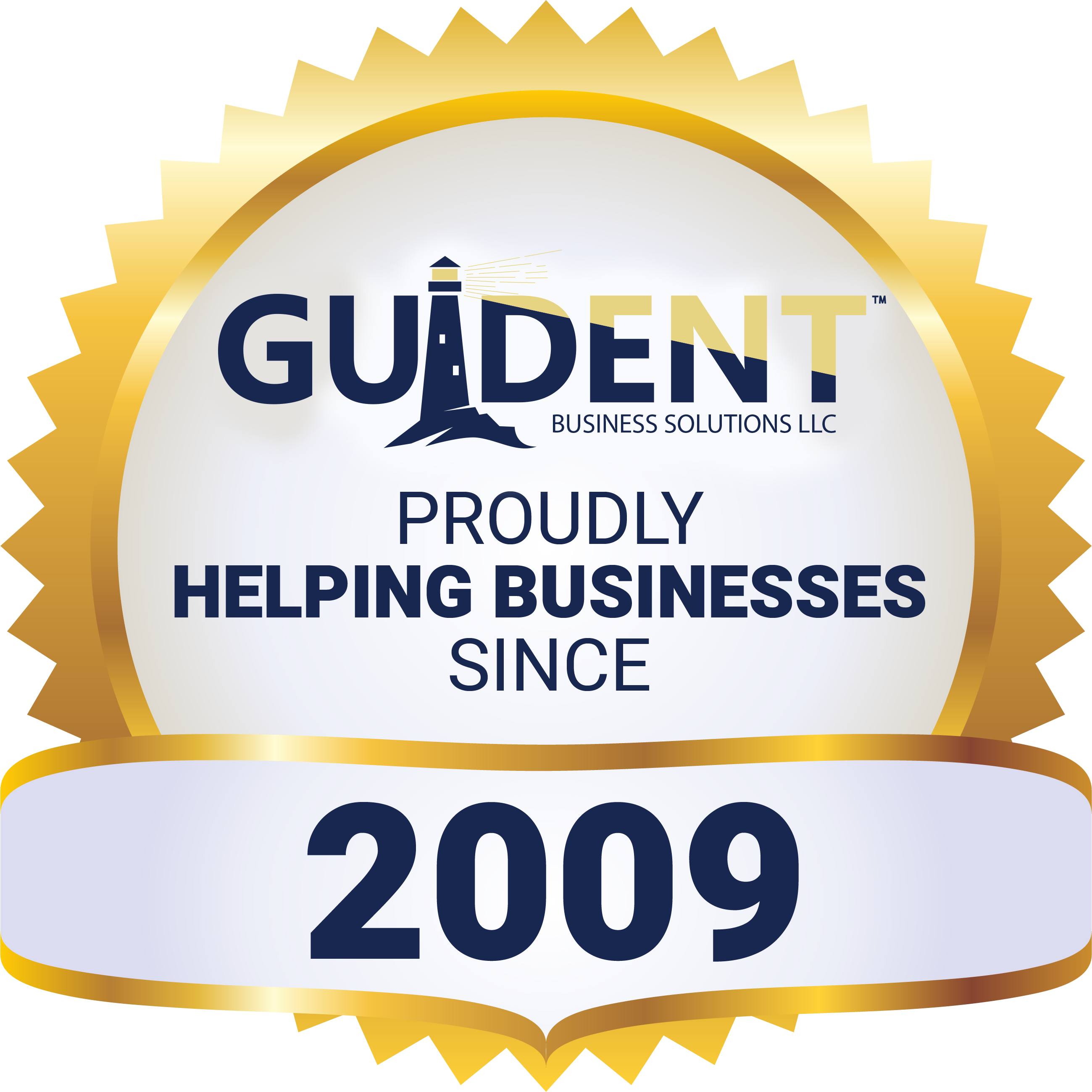Guident Newsletter – November 2018 – Issue 30
How do I begin to change from an “enablement” culture to an “accountability” culture? In past newsletters, I have written about the challenges facing business owners when they have an “enablement” culture versus an “accountability” culture. Recently I began working with The Boss to change a company’s enablement culture to an accountability culture. I asked the six supervisors in this organization to list the eight most critical job duties of each of their direct reports. Then I asked the employees of these supervisors to list what they thought their eight most critical job duties were. In the next step, we compared what the supervisors identified as critical and what their employees reported as their most critical. In most cases, the supervisors and direct reports were in-line on about five or six of the most critical job duties. This left us with an opportunity to improve efficiencies and workflow. Efficiencies can be gained when employees understand what The Boss sees as most critical to the company’s success and in turn their success. The other duties listed by employees, but not seen as most critical by The Boss, were taking valuable time away from the truly critical duties necessary for the organization […]

